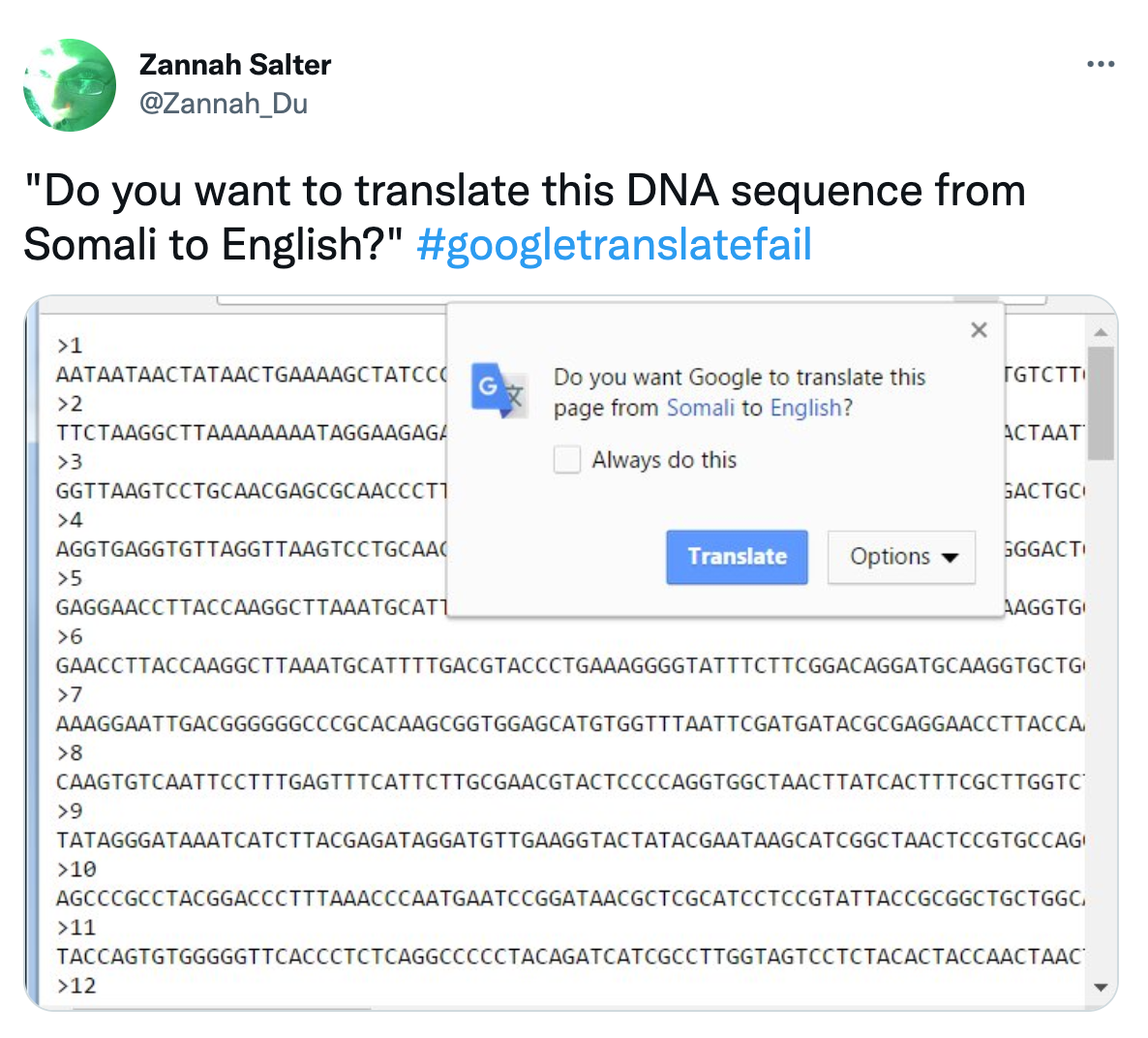E-learning Localization Strategy: What, Why, and How to Create One

The internet has changed the way people consume information. Gone are the days of reading long-form written content. Instead, many prefer to give their attention to interactive audiovisual content such as videos, images, memes, and infographics.
This trend can be seen in e-learning too, with the rise of microlearning – where bite-sized pieces of training materials are created to allow employees to continuously learn at their own pace.
From slides and quizzes to training documents and videos, companies spend hundreds and thousands of dollars annually creating e-learning content to upskill and engage employees and train clients globally.
However localizing e-learning is a high-stakes venture. Invest too little and you won’t effectively reach learners or get critical messages across; invest too much and you quickly exceed your budget and timelines.
With such a diverse range of content types in your learning library, how do you ensure your employees have the right knowledge and skills to grow your business, and clients have the information they need to get the best use of your products or services?
This blog will cover all the essentials you need to know about e-learning content localization and how to build a successful localization strategy.
What is e-learning localization?
E-learning localization aims to make your learning content more culturally relevant and easy to understand so learners have an easier time absorbing knowledge instead of interpreting it.
It is the process of translating and adapting content that has been produced for a primary market to mirror the linguistic, social, and cultural aspects of new or secondary markets.
While often confused with translations, localization goes beyond just translating content from one language to another. It stretches into details such as measurement systems (Imperial (US) vs Metric (UK)), date formats, images used, currency and even legal terminology.
| Translation | Localization |
| Focus on rendering the meaning of text accurately from one language to another | Focus on adapting text and non-text elements (e.g. images, colors, idioms, etc.) based on regional, social, and cultural differences |
| Mainly used for technical documents, manuals, legal documents, etc. | Used for all types of content, especially marketing campaigns, websites, software, e-learning |
| Can be done with machine translation and a proficient professional translator | Requires verification by native or professional translators who are familiar with local nuances and culture |
| Lesser effort | More effort |
Why localizing e-learning content is important
Localizing e-learning content can benefit your company and provide a competitive advantage in the following areas:
- Equipping employees globally with the know-how and understanding to work towards a common goal, thus creating stronger synergies to drive revenue and growth
- Increasing employee engagement and learning ROI with content that is more relatable and relevant, which could improve employee satisfaction and retention rates
- Stronger client satisfaction and relationships through trainings that resonate better and increase product knowledge
Failure to do this properly can create liabilities, weaken customer trust, damage a company’s reputation, and weaken their bond with their employees.
Whether you’re a multinational company or a scaleup, the challenge of localizing e-learning lies in the need to translate a multitude of content into multiple different languages while ensuring regional accuracy and maintaining the same tone of voice and dynamics of the original.
It’s all the more important as laws and regulations for business operations differ from country to country. Localizing training materials ensures your employees have all the facts and updated knowledge about important changes to laws that impact your company.
For example, the implementation of GDPR across Europe in 2018 led to enormous company-wide changes to data storing policies across all industries.
How to Build an E-learning Localization Strategy
A good content localization strategy isn’t isolated to just translations. It begins with establishing your target audience and is completed when the final outputs (be it a video, slides, website copy, etc.) are delivered.
Here are the key elements of a successful e-learning localization strategy:
1. Establish your target audience
The localization process always begins with identifying the geographical markets you want to cater to.
- For companies with an existing presence in multiple countries, you should always start with your top-performing markets
- For scaleups or companies wishing to explore new territories, conduct market research first to determine which countries have the highest revenue potential
The general rule with localization projects is: Start small, then scale up. It’s recommended to kickstart localization projects with 2 – 3 languages. This gives you the opportunity to run a trial of the process so you can refine it before applying it to more languages and countries.
While you’re doing this, it’s also helpful to establish glossaries and style guides that include notes on cultural nuances, laws and regulations, and local industry jargon to accurately localize content in a culturally sensitive manner.
2. Decide on what content to translate
Learning & Development budgets are already tight, but have been pulled even tighter due to the threat of recession. Prioritize content for translation based on budgets and resources available. Remember that not everything needs to be translated into every language!
Identify content for translation by asking yourself the following questions:
- What content do I have?
- Is there any information that is legally necessary to be included?
- Which content pieces are essential to deliver a good user experience to end users?
- What content can help to drive business goals and KPIs?
- What quality of output is required? Costs differ depending on whether you need a professional proofreader or machine translation with ISO-certified post-editing. Is this a legal document or safety training where a simple misunderstanding could result in a costly business liabilities? Or is it an onboarding training which needs a creative copywriter to deliver the same emotional impact?
3. Identify the right translation partners
Free machine translation tools work great for some things, but not something as important as your brand identity or making sure your employees have the right knowledge to succeed with their job.

To illustrate, in United Kingdom, there are laws restricting the advertising of foods high in fats, sugar and salt to children under 16 on television, whereas in France advertisements for products containing fats, sweeteners, or sodium just need to be accompanied by a message explaining dietary principles.
Prevent issues such as a cultural faux pas, contextual errors or formatting mistakes by having your translations verified by a local expert who is familiar with legal, social, and cultural contexts. This will ensure your content remains accurate and relevant, while ensuring it matches your brand’s style and tonality.
4.Leverage Translation Tools & Technologies
Translation management systems (TMS) refer to a suite of translation tools that can increase productivity by helping to manage the entire translation lifecycle. They typically address the following business areas:
- Management of your project, vendors, and budgets
- Automating and streamlining processes by eliminating manual workflows or managing translation memories
- Simplifying publication processes by downloading content that needs to be translated and syncing translations back in with your existing publishing platforms
When looking for a TMS, first analyze the existing systems and setups you have in place, then look for one that integrates with the platforms and apps you’re currently using as well as offers media outputs in the content formats you need so you can receive localized content in ready-to-go formats.
Translation technologies such as machine translation or text-to-speech apps can also lower the cost of your localization projects by reducing human involvement. It’s possible to mix and match technology with human verification for quality assurance and cost optimization.
Centralize Project Management
Depending on how many languages you require and how much content you have to translate, you will need to work with multiple translators and team members to get your content from its original language into its final localized format.
Furthermore, if you need to translate different content types, format files and create subtitles or voiceovers for videos it could prove to be tricky if your creative team doesn’t understand the languages.
Centralizing project management coordinates translations with other activities up and down the line, such as identifying translators, layouts, subtitling, dubbing and desktop publishing. It also allows you to keep an eagle-eye view on workflow and timelines. The benefit of this is a better overview on costs and timeframes, budget optimization, and more time for your team to work on strategic tasks.
If you’re going with the route of working with a vendor, find out what other localization services they provide in addition to translation, such as localization consultation or project management.
Drive Revenue in International Markets with E-learning Localization
Companies who empower employees with the right skills and knowledge to perform their jobs are better able to achieve business goals. In fact, research indicates that Fortune 500 companies that invest in localization were 1.5 times more likely to report an increase in total revenue than their counterparts.
As you develop your e-learning localization strategy, selecting the right language service provider (LSP) is critical for success. Milengo’s 30-years of proven localization experience will equip your team with the right knowledge, tools, and expertise to reliably adapt your messages to any target culture – all while keeping within the boundaries of your brand identity and budgets.
Ace your e-learning localization strategy with Milengo today!
Subscribe to learn more about localization
Get exclusive localization tips and information delivered straight to your inbox.

